How We Operate
Where Power Comes From
Generation
Transmission
Substations
Distribution
Generation
At the opposite end of a light switch is a generating plant producing the energy all of us depend on daily. Oglethorpe Power and other generators provide Georgia’s electric membership cooperatives (EMCs) with nuclear, natural gas, coal, solar and hydropower.
Transmission
Moving power securely from the generating source to EMCs is our top priority. Through our high-voltage power lines, we transmit electricity across Georgia’s electric grid, connecting millions to reliable, affordable energy.
Substations
We also operate the substations responsible for increasing and decreasing the voltages appropriately— a necessary step before EMCs distribute electric power to individual homes and businesses.
Distribution
Finally, local EMCs deliver energy to homes and businesses over separate networks of lower-voltage distribution lines. This journey from plant to plug happens at almost 186,000 miles per second.
How Georgia Transmission Works
We plan, build and maintain the Georgia energy grid infrastructure, ensuring our local communities have access to reliable, affordable energy. This includes more than 780 substations and more than 5,000 miles of transmission lines. Together, with our member EMCs, we help add light to the stories of more than 4.5 million Georgians
Planning
Our planners routinely evaluate and anticipate the current and future energy needs of Georgia communities so no one will have to worry about whether or not the lights will come on.
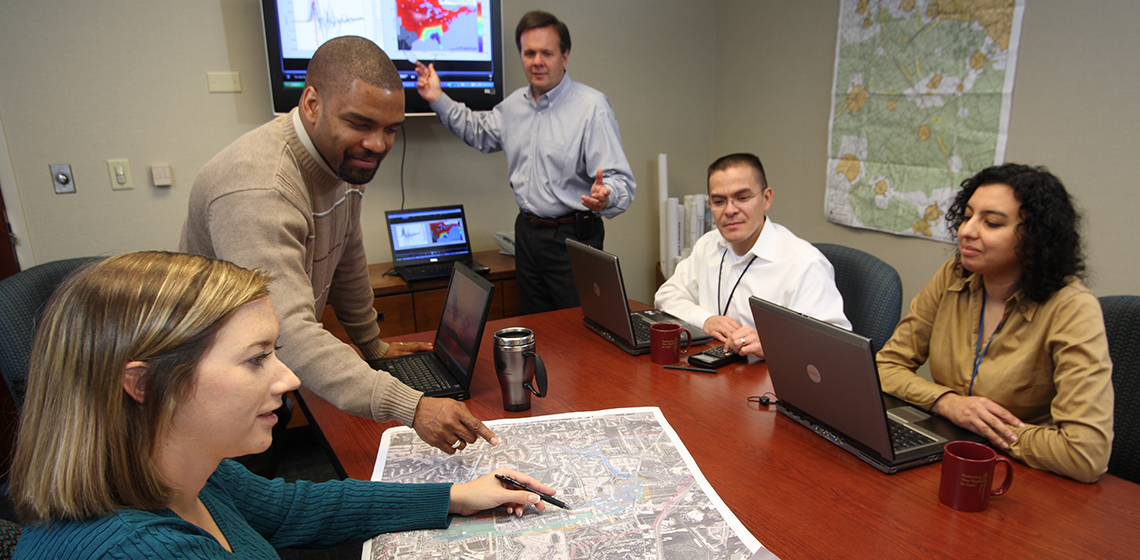
Forecasting
To minimize outages and maintain the flow of reliable power, we study grid activity during peak hours and use the data to forecast future usage. With this info, we can determine when we need to build or upgrade lines and substations to meet increasing demand.
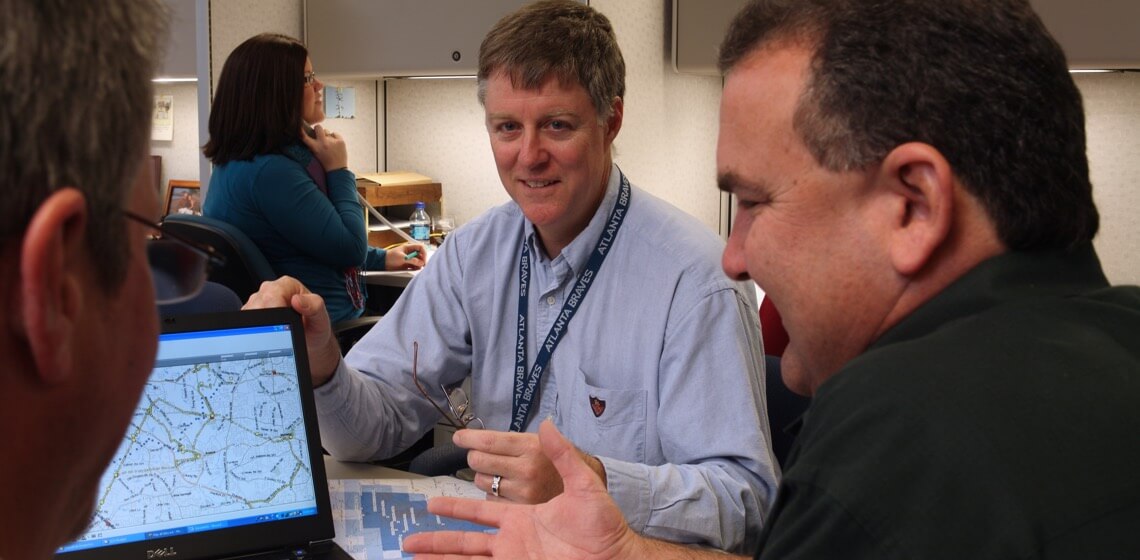
Load-Serving Planning
Because EMCs work directly with consumers, they can anticipate the changing energy needs of their local communities. As upgrades become necessary, our engineers work with EMCs to determine the best strategies for serving current and new customers.

Bulk Planning
While Load-Serving Planning is localized, Bulk Planning is a statewide strategy. With a focus on the highest voltage lines, known as bulk transmission, Georgia Transmission collaborates with other electric utilities to move electricity from generators to consumers.
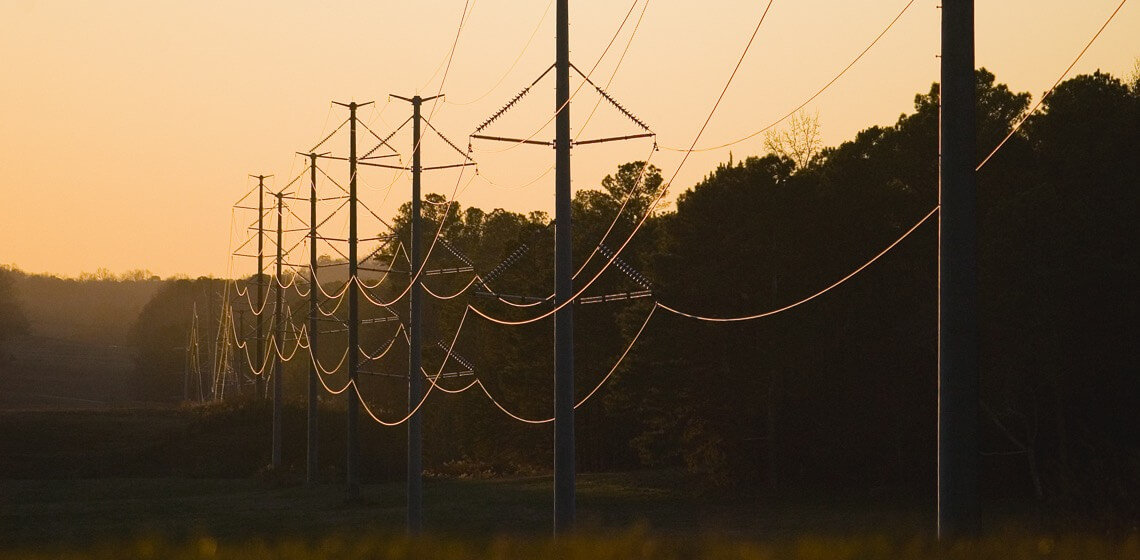
Integrated Transmission System
Together with Georgia Power, Municipal Electric Authority of Georgia (MEAG) and Dalton Utilities, we plan and operate the electric transmission system through the Integrated Transmission System (ITS), ensuring transmission remains efficient and reliable.
Our Siting Model
Evaluating possible routes for new power lines takes time. Because we know these decisions affect individuals and communities across Georgia, we partnered with the Electric Power Research Institute (EPRI) to develop our award-winning GTC-EPRI Siting Model to facilitate the process.
Learn more about our approach.
Methodology
More than 200 industry experts, government officials, business operators, homeowners and environmental advocates selected and ranked the factors we should consider when scouting locations for new lines.
How it Works
We collect satellite imagery and use software to evaluate possible pathways for future lines. Then, the team fills in the reports with additional detail before offering recommendations.
Benefits
This model lets us analyze data and consider stakeholder opinions. Then, we can make sound decisions supported by thoughtful reasoning. A testament to its success, other utilities are now using our siting model.
Using the model to help select new power line routes
As Georgia communities grow and our state welcomes new businesses, we use the siting model as our guide for meeting increased demand.
Gain Consensus
Our staff finds areas where new power lines could be built. They consider the location of other lines, current rights of way, existing land uses and environmental conditions.
1
Identify Alternative Corridors
Our teams collect data and divide larger areas into smaller sections, so they can evaluate co-location opportunities, engineering challenges and the impact of new lines.
2
Locate Potential Routes
Having organized the study area, engineers and planners collaborate to identify specific routes for the new lines. We use the data and stakeholder input to narrow down the options.
3
Use Suitability Maps
Throughout the process, we capture the data and insights on a suitability map. From general observations to geographic specifics, this tool is a resource as we move toward construction.
4
Select a Preferred Route
With a list of possible routes, we evaluate the options and select an ideal path, considering stakeholder opinions, engineering requirements and environmental impact.
5
Gather On-Site Data
We visit the preferred site to assess the environmental, economic and community impact of any new construction and other on-site considerations.
6
Incorporate Public Input
To ensure we accurately understand the needs of the community, we meet with affected stakeholders, gather input and make adjustments where needed.
7

Finalize Plans
With quantitative and qualitative data supporting the selection, planners share their findings and recommendations with the decision makers.
8
Industry Adoption
Since its inception, the siting model has been adopted by E.ON US, East Kentucky Power Cooperative, Big Rivers Electric Cooperative, Vectren, Georgia Power, Exelon, Bluegrass Water Supply Commission, Pepco Holdings Inc., Oglethorpe Power Corp., The MillionMile Greenway and the Korean Power Engineering Company. It earned the Cooperative Research Network’s 2006 Cooperative Innovators Award from the National Rural Electric Cooperative Association (NRECA). It has been featured at utility conferences and in major trade publications, including Transmission & Distribution World, GeoWorld and Electric Transmission Week.
The Team
Research was conducted by Dr. Joseph K. Berry, Colorado State University; Dr. Steven P. French, Georgia Institute of Technology; Dr. Elizabeth A. Kramer, University of Georgia; Steven Richardson, attorney; and Dr. Paul D. Zwick, University of Florida. Georgia Transmission’s project managers were Christy Johnson and the late Gayle Houston. EPRI's project manager was John Goodrich-Mahoney. Photo Science’s Jesse Glasgow and Chris Smith provided technical expertise and developed the Corridor Analyst software. Georgia Transmission acquired the copyright and intellectual property rights to the methodology.
Construction
Power lines and substations don't magically appear wherever people need energy. Our planners partner with construction teams to build facilities that support the grid.
Our Ever-Growing Grid
From homes to hospitals, Georgia depends on the electric distribution system every day. With the state's growing population and status as best-in-class for new business, transmission lines and substations need frequent upgrades to meet changing demands.
Maintenance
Whether working in a helicopter or working with a chainsaw, our constant care for the grid keeps power reliable and affordable.
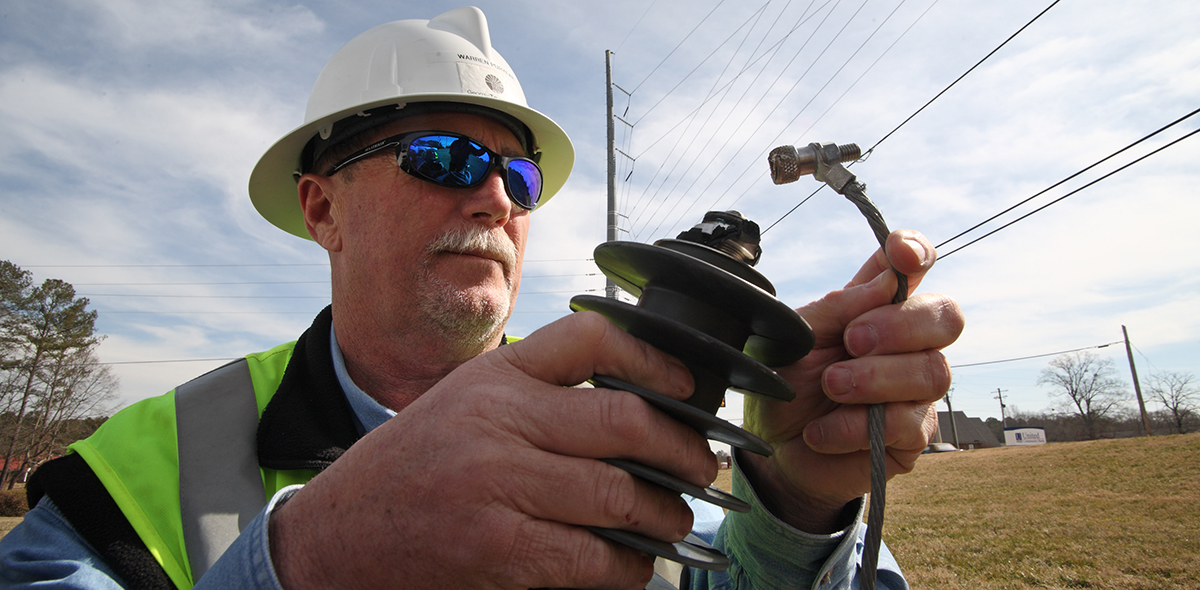
Inspections
We monitor more than 5,000 miles of transmission lines and 780 substations for any potential problems. Our maintenance process includes monthly substation visits, an annual flyover of every line and an inspection of poles and towers every three years.

Upgrades and Repairs
Through our inspections, we replace dated or faulty equipment and address any obstructions. We also monitor usage and upgrade transformers, lines or substations in response to new or anticipated power needs.

Federal Reliability Standards
After a 2003 blackout in the northeastern United States affecting millions, the federal government introduced regulations to reduce outages and speed up restorations. That’s why we have a dedicated team to ensure compliance with federal regulations.

Identifying a Line or Station
To speed up our service call response time, we have marked all of our facilities. This signage is visible either on the power line poles or on substation fences. If there is a problem, we can quickly determine who owns the facility, its location and how to best respond.
Rights of Way
More than 5,000 miles of transmission lines also means more than 5,000 miles of power line pathways.
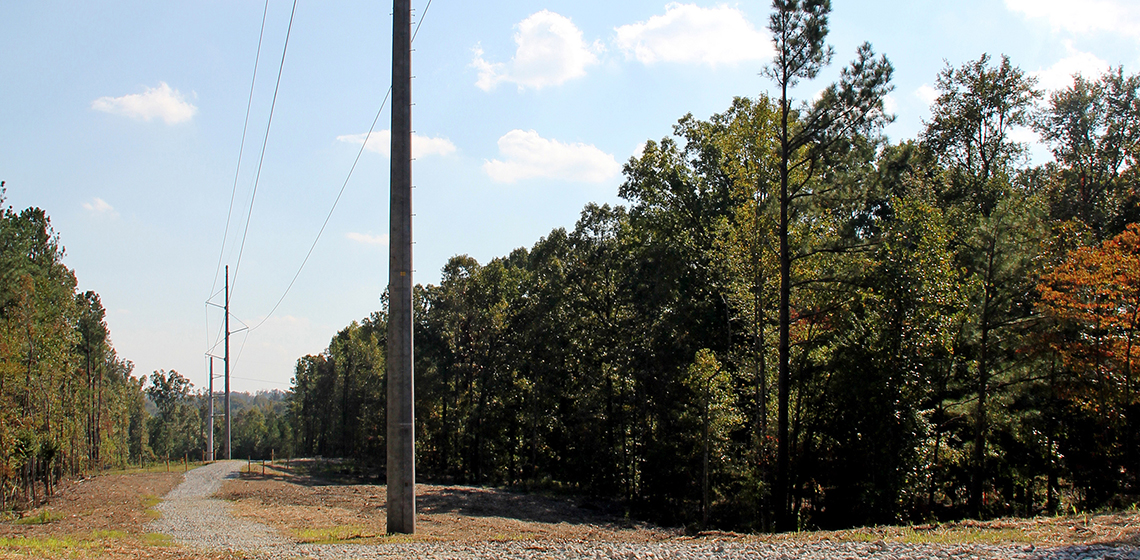
What Are They?
Rights of way are obstruction-free paths under or around a power line allowing safe operation and quick access. They are often private property, so utilities negotiate land rights with the landowners.
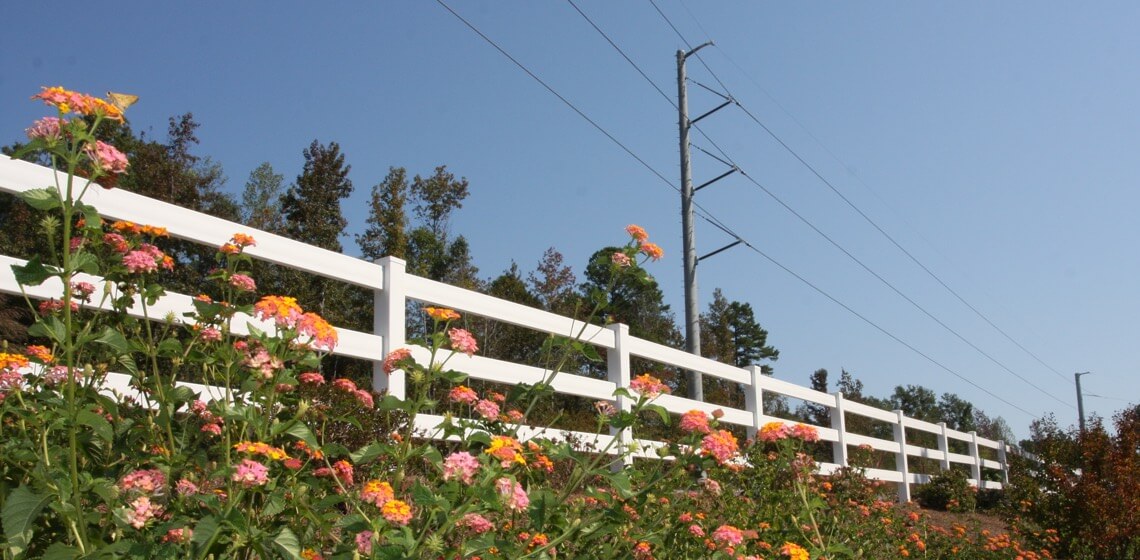
Acceptable Uses
While rights of way have to be obstruction-free, most landowners can still use the property for greenspace and agriculture. Learn about other acceptable uses here.
Encroachment Application Process
Fill out the rights of way application before making changes to an easement. Once complete, email or mail it back. Agreements can usually be drawn up in 45 days.
Planting Brochure
To find out what types of vegetation you can plant in and around rights of way, see our planting brochures.
Who to Contact
For questions about rights of way,
please call: 770-270-7811
or email tl-gtc@gatransmission.com
Vegetation Management
Maintenance crews actively manage vegetation threatening transmission lines or electrical substations.
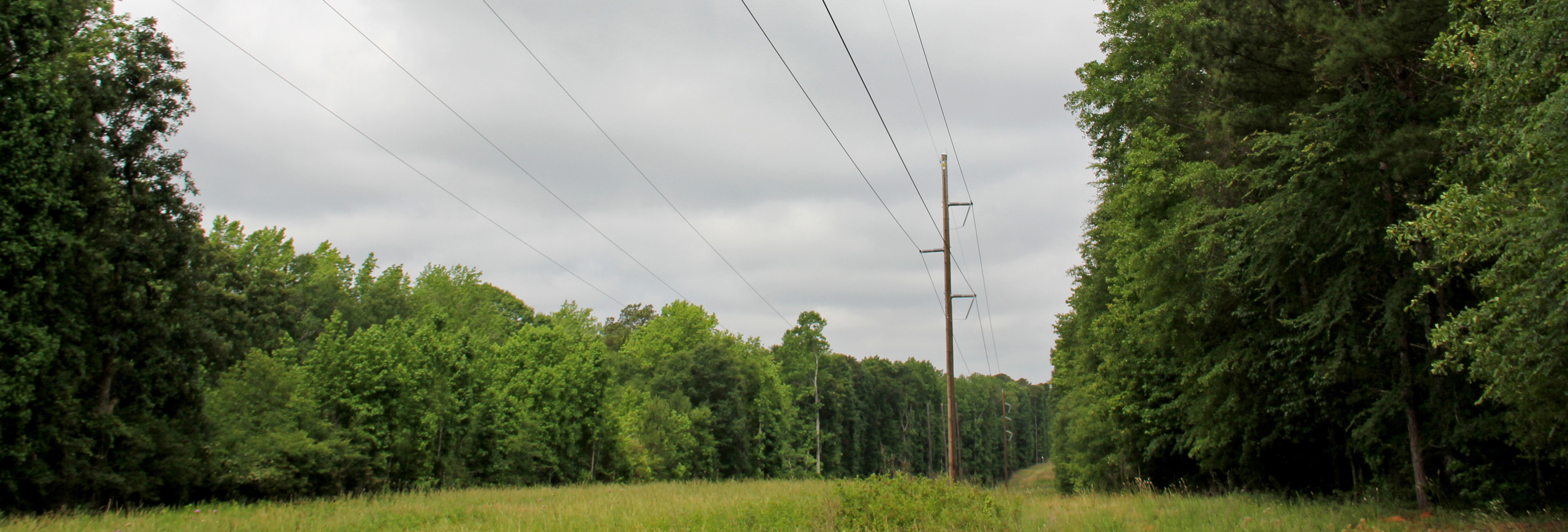
Acceptable Vegetation
Most shrubs, vegetables and grasses can grow on rights of way. The mature height maximum is 15 feet for vegetation. In addition, landowners must leave a 25-foot radius around all structures.
Inspection and Cutting
During an inspection, we note vegetation encroaching on our infrastructure. To avoid power interruptions and other dangerous incidents, our teams work with landowners to remove problematic vegetation.
Mowing and Herbicides
By mowing the paths and using Environmental Protection Agency (EPA) approved herbicides, we can manage vegetation while also reducing soil compaction, erosion and sedimentation.
Project WINGS
WINGS, or the Wildlife Incentives for Non-Game and Game Species, is an opportunity for landowners and others to build a thriving habitat on their rights of way. Individuals and organizations can earn up to $1,350 over three years by maintaining power line easements.
Who Runs the Program?
WINGS is the work of Georgia Transmission, Georgia Power, MEAG Power, Atlanta Gas Light and the Two Rivers Research Conservation and Development Council with support from the USDA Natural Resources Conservation Service, the Georgia Department of Natural Resources and Georgia Forestry.
Application Process
Applications are available at the Natural Resource Conservation Service (NRCS) and your local Soil and Water Conservation District (SWCD) offices. Applications are accepted from May 15 to July 15.
More Information
For more information and details on the program, see the WINGS brochure or call:
1-706-885-0101
Working With Communities
As we determine when, where and how to build and maintain the power grid, we partner with communities to keep the lights on in Georgia.
Easements & Property Rights
Overview
Generally, we can negotiate easements for power lines and purchase property for substations. Treating all parties with respect and compensating them fairly is a priority.
Reaching Agreements
From the first time we survey property to the final signature, we want all parties to benefit from the process. We pride ourselves on finding mutually beneficial solutions.
Rights of Way Widths
The width of a right of way varies from 25 feet to 150 feet and depends on many factors including the voltage the line will carry, existing structures and topography.
Outreach
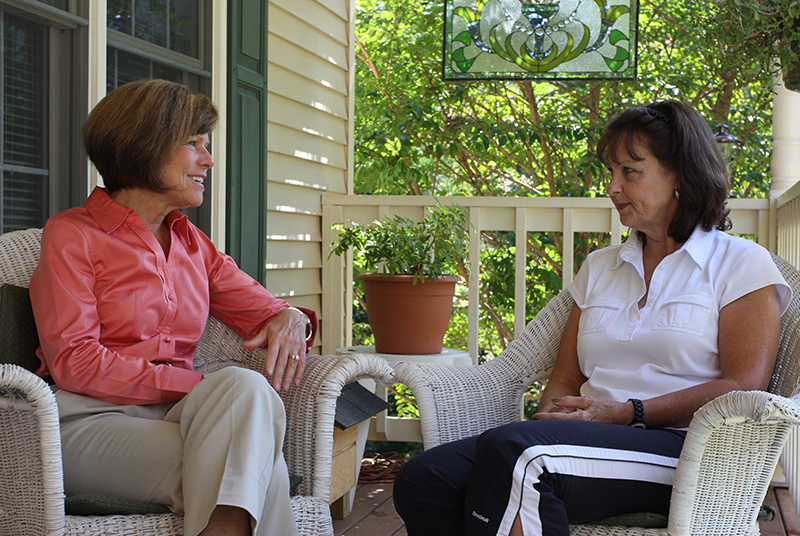
One-on-One Conversations
Our land agents work with individual landowners. We also meet with homeowners associations, business forums and other local stakeholder groups.
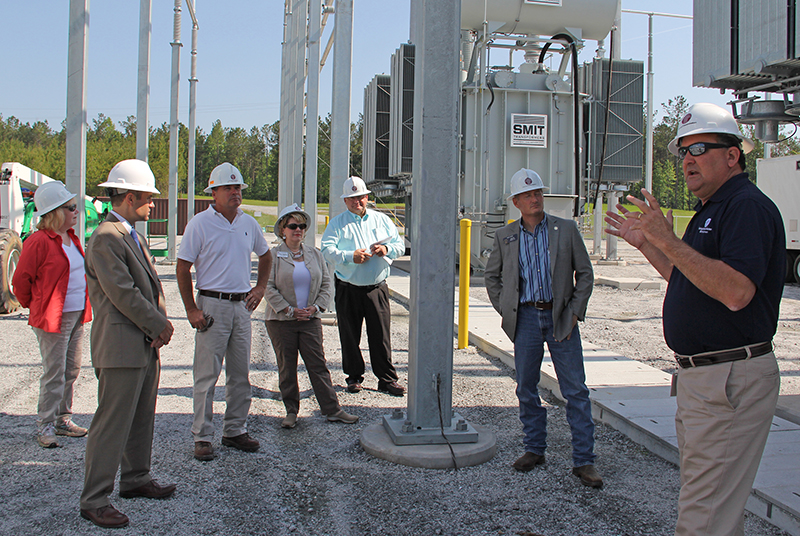
Community Leader Briefings
We want to inform community leaders of our process. That’s why we invite elected officials and other leaders to meet us, learn about the project and offer input.
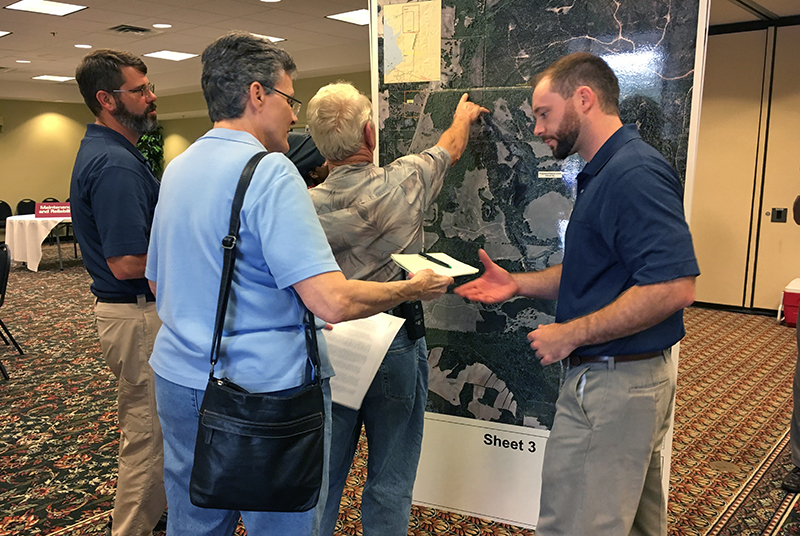
Public Meetings
We host public open house meetings when planning new projects. They give stakeholders an opportunity to learn more, ask questions and share insight.



